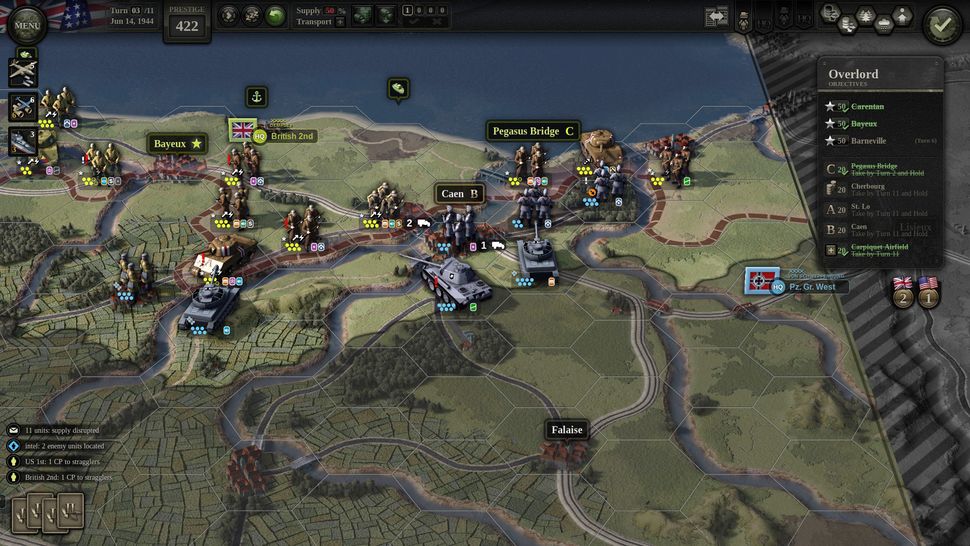

Your forces need to maintain a supply network in order to remain fighting capable through their stampede across Eastern Europe, and to do so, need to seize rail lines across the maps. So many of the cities and other objectives you need to capture are very, very far from your forces at the start of the scenario. Unity of Command’s logistical system is the star of the game, and that continues to be the case in Barbarossa, even moreso than in the base game, I’d argue.

Barbarossa follows the historical path here, with the goal in the most of scenarios you face being to push hard against the defenses of the Red Army and seize key logistical points, generally by exploiting weaknesses in their lines and shoving mechanized units through the gaps. If you did like Unity of Command 2, you should definitely check out Barbarossa, as it’s a better realized German experience than Blitzkrieg, while still delivering a similar style of action to what fans are used to.īarbarossa’s premise is familiar to any WW2 gamer at this point: the Germans launched the largest land invasion in history into the USSR, using surprise blitzkrieg tactics to punch holes through Soviet forces with the goal of reaching and seizing Moscow (as well as other key points) before winter came around. Bottom line up front: if you didn’t like Unity of Command 2, there’s nothing new here that would change your mind (unless you’re a really big Wehraboo, gross). I’ve written about Unity of Command 2 before, as well about Unity of Command 2’s first DLC, Blitzkrieg, and I was very pleased for the chance to play more of this excellent WW2 turn-based wargame.


 0 kommentar(er)
0 kommentar(er)
